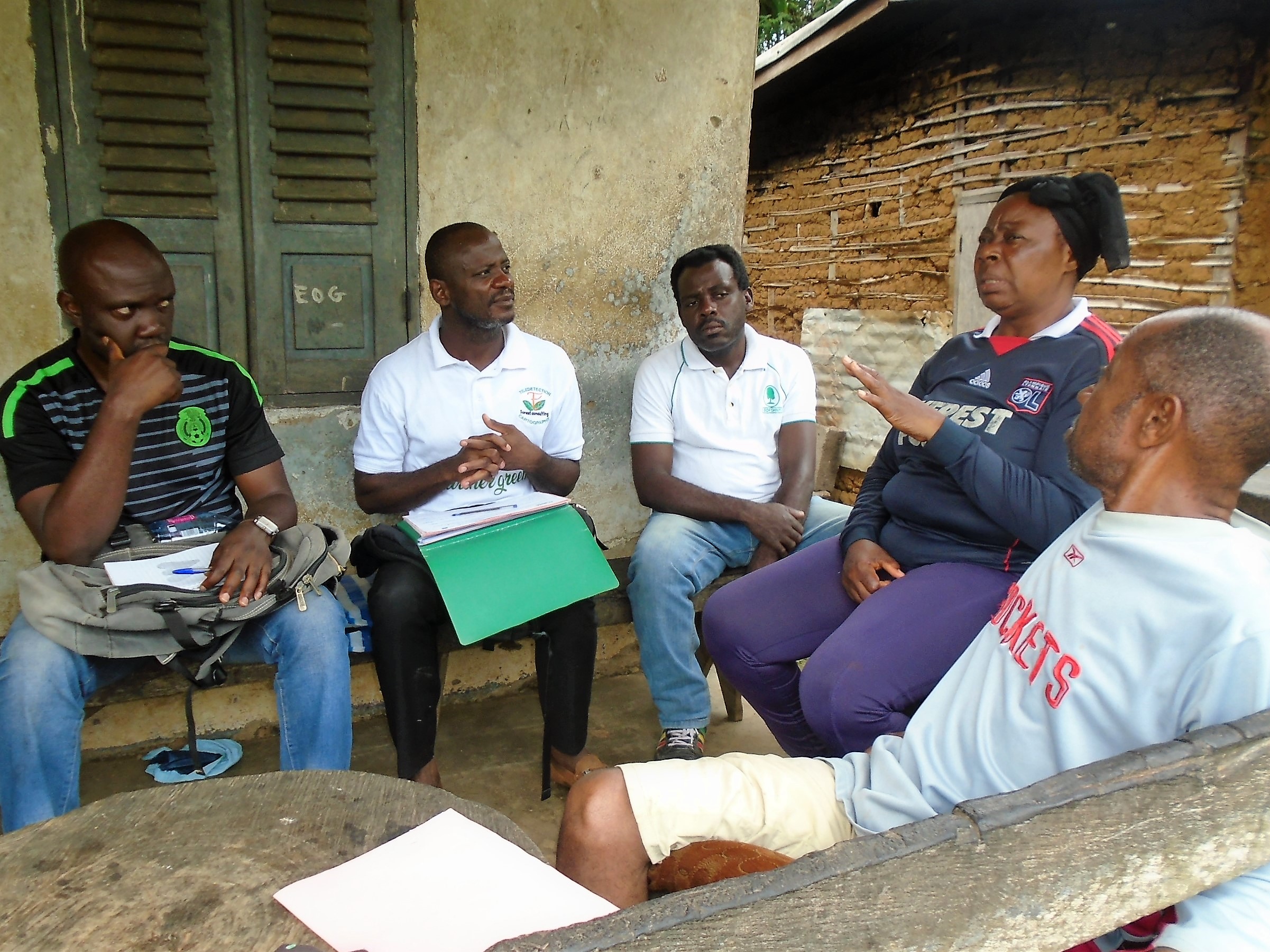The project is based on awareness-raising activities. In fact, the creation of communication media is an excellent way of supporting awareness-raising activities:
- the environmental hut built on the animation site helped the activities proposed to the school public on the transmission of knowledge on the heritage species indicated on panels. Local languages were highlighted, in close collaboration with the Agence des Langues Kanak, with translation into French.
- photos were taken and given to the local communities taking part in the consultation meetings. Panels on heritage species and the cultural values of drinking water resources were produced.
- a documentary film to promote the project was produced by a member of the project team following video training organized by a professional service provider at the start of the project;
- to raise the project's profile, ecological t-shirts, caps and bags have been produced, bearing the logos of our funding partners.
The project team's genuine willingness to take charge of the various activities involved in creating the communications media contributed to their completion: contacting service providers, designing the panels, organizing the logistics for the smooth running of the video training and documentary film production.
